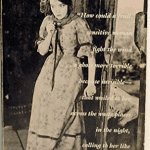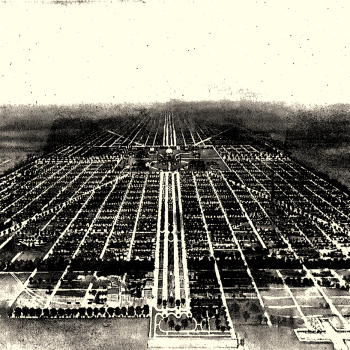In one of my favorite Anxious Bench posts of this election season, Dan suggested that “there are deeply rooted theological and cultural reasons for white evangelicals’ rejection of the Democratic Party.” I think that he’s on to something, but a recent essay at Breaking Ground made me think that it’s the cultural reasons controlling the theological, not vice versa.
In a long, meticulously argued piece entitled “A Tale of Two Evangelicalisms,” Swedish church historian Joel Halldorf tried to make sense of how (white) evangelicals in the United States ended up holding such different political views than their cousins in his country. In Sweden evangelicalism has historically been “a liberal, left-leaning political movement,” whose members have kept their distance from their country’s versions of populism and Christian nationalism. “There is a sense,” Halldorf admitted, “especially among theologians, that differences between churches ought to have theological explanations… But in this case it is not enough to explain the differences. Instead, we must look for the answer in the histories that shaped, and continues to shape, evangelicalism in Sweden and the United States.”
While I’ve only spent a couple days of my life in Sweden, what Halldorf observed resonated strongly with my experience as a Swedish-American growing up in a historically Swedish-American evangelical denomination and teaching at a historically Swedish-American evangelical university. And his article made me wonder what might lie on the other side of the 2020 election, as evangelical political theology is again reshaped by cultural change.
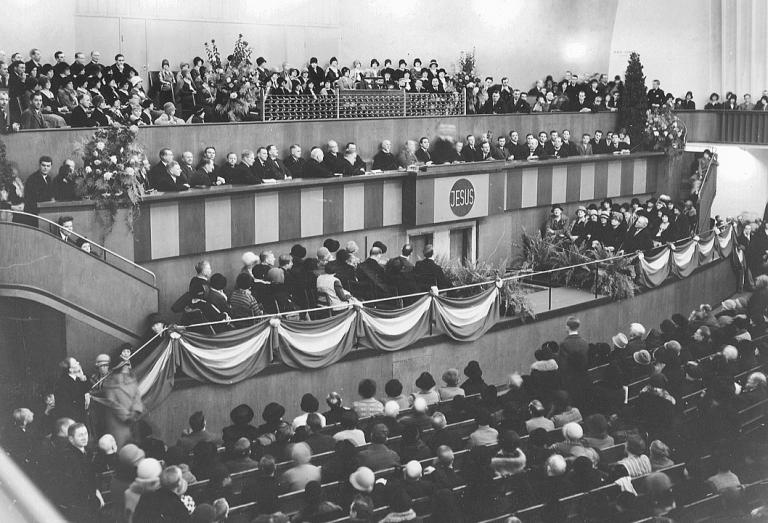
“During the nineteenth century,” Halldorf points out, “evangelicals in Sweden and the United States had similar political instincts”: progressive, if not radical. But in the 20th century, (white) evangelicals in this country largely rejected such instincts in favor of the theological-political emphases that Dan described: individual transformation rather than social change; suspicion of the state; acceptance of inequality. But in Sweden, the evangelical movement continued to occupy the left of the political spectrum, largely voting for the Liberals or Social Democrats. Even a cultural conservative like Pentecostal leader Lewi Pethrus, who helped found the Christian Democrats in the 1960s, continued to support trade unions and the welfare state, arguing that “Christianity and social justice are intimately connected.” (This is the focus of Halldorf’s 2020 book, Pentecostal Politics in a Secular World.) To this day, Sweden’s evangelical minority isn’t just politically progressive, but “more engaged in environmental issues, more supportive of migration and humanitarian aid, and more critical of military export” than the secular majority.
What happened? Why did these two evangelicalisms wind up in such different places? It’s not about a theological difference, at least not if we’re talking about familiar themes like biblicism, crucicentrism, conversionism, and activism. Instead, Halldorf redirects us to history.
First, in 19th century Sweden, evangelicals were “a part of the democratic avant-garde” in a largely illiberal polity. They not only supported the workers’ movement in a country undergoing industrialization and urbanization, but empowered women seventy years before they received the franchise. Having historically cooperated “with liberals and Social Democrats and fought against the conservative establishment to shape a modern nation with democratic rights and economic justice,” Swedish evangelicals in the 20th century continued to view “the democratic welfare state” not as a threat to economic or religious freedom, but as an agent of justice and equality.
Second, evangelicals in Sweden have always been part of a religious minority in a country historically dominated by a state church. (A very small minority: even by the sometimes optimistic counting of Operation Mobilisation, less than 7% of Swedes belong to evangelical churches.) Even as the Swedish nation has grown deeply secular or irreligious, evangelicals have long since learned to view religious pluralism and multiculturalism as social and political goods. (In fact, they tend to be much less likely than secular Swedes to embrace the xenophobia and Islamophobia motivating populist movements in Scandinavia.) Unlike most of their American cousins, concludes Halldorf, Swedish evangelicals have been “well equipped to live as a creative minority in a pluralistic society.”
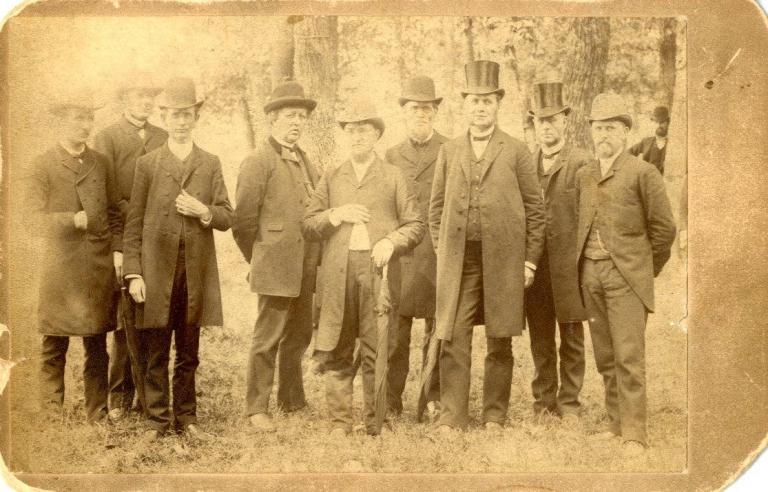
In the late 19th century, one of the leading Swedish Christians to fuse progressive politics with evangelical theology was Paul Peter Waldenström, who served in the Swedish parliament, the Riksdag, from 1885 to 1905. Around that time, perhaps one in twenty Swedes was an evangelical, Halldorf reports, yet “20 percent of parliament and almost 30 percent of the Liberal party were evangelicals.” Waldenström didn’t affiliate with a party, but he largely supported the Liberals. Early on he took more radical positions, then drifted to the right as he grew concerned by the rise of socialism, but Mark Safstrom argues that Waldenström was most consistently “guided by a vigorous defense of democratic pluralism.” He even argues that Waldenström’s criticism helped steer the Social Democrats away from revolutionary politics and toward support for democratic reform. (I’m quoting from Mark’s chapter in a 2011 book I edited, but he has since published a book-length study of the topic.)
But the main reason that P.P. Waldenström is a familiar name to people like Mark and me is that we grew up in the American offshoot of a religious movement he headed. By 1868 Waldenström had inherited leadership of a mid-century evangelical revival and founded the Swedish Mission Covenant in 1878. Seven years later, Waldenströmian immigrants to the United States founded their own Mission Covenant, which is now known as the Evangelical Covenant Church. Indeed, I first encountered Halldorf’s article when it showed up in the Facebook feeds of several Covenant pastors and writers.
Some Swedish-American evangelicals rejected even the Covenant’s loose degree of institutionalization and established one branch of what later became the Evangelical Free Church in America. Others had become Baptists and broken even more sharply from their homeland’s religious mainstream. Ostracized or even persecuted in Sweden, those Baptists started coming to the United States just before the Civil War and established institutions just after it: what’s now Bethel University in 1871, and the denomination now doing business as Converge (the Baptist General Conference) in 1879.
Having grown up in the Covenant Church and worked for most of my career at Bethel, I’ve often felt the sense of being evangelical… and uncomfortable with evangelicalism. To some extent, that reflects theological difference. Unlike many other outposts of American evangelicalism, the Covenant Church and Bethel University were not inspired by the Puritans or shaped by later Reformed or Presbyterian immigrants. Instead, they descend from a European evangelicalism dominated by Lutheran Pietists, Methodists and other Wesleyans, and, later, Pentecostals. That’s one of the reasons I’ve spent so much of my career seeking to understand the influence of Pietism on the Covenant and Bethel. (Not the “individualistic pietism” that Halldorf blames for limiting the institution-building of present-day Swedish evangelicals, but the more holistic Pietism that Covenant pastor Mark Pattie and I described in our 2017 book together.)
But Halldorf’s historical sketch makes me wonder how much of the difference actually reflects a kind of political-theological strand encoded in the DNA of institutions like my employer and my home denomination.
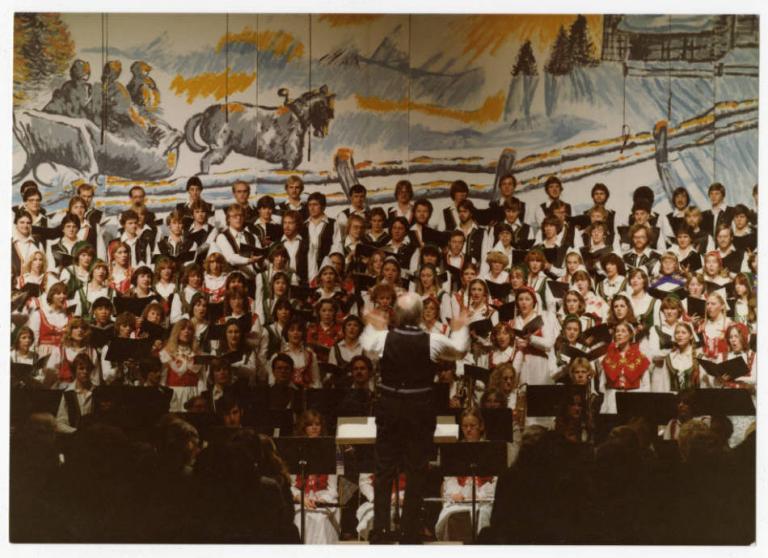
During the Cold War, Bethel’s sponsoring churches largely aligned themselves with the neo-evangelical movement that features so prominently in early chapters of Kristin’s cultural history of evangelicalism. But by the end of the 20th century, the professors and pastors who best understood that their Swedish Baptist heritage ran deeper than the foods served at Bethel’s Christmas smörgåsbord also tended to reject the culture-warring of the Religious Right and instead advocate for the civil rights movement, gender equality, and the separation of church and state.
At the same time, leaders and scholars of the Covenant Church increasingly drew on their historical roots in Swedish Pietism to chart a middle path between postfundamentalist evangelicalism and the postliberal mainline. I grew up in churches whose theology remained broadly evangelical, but also understood social justice to be inextricably linked with evangelism and discipleship as aspects of “the whole mission of the church.” Despite my deep misgivings about the Covenant’s unpietistic response to the debate over sexuality, I thank God for my home denomination’s steadfast commitment to empower women, strive for racial justice, and care for Creation.
Among other factors, I wonder if Bethel and the Covenant’s roots in Swedish evangelicalism help explain why my political theology leaves me so out of step with fellow white evangelicals whose embrace of Donald Trump did not come out of nowhere.
But reading Halldorf’s “Tale of Two Evangelicalisms” also left me hopeful that there might be something else looming as evangelicalism is reshaped by the cultural, social, and political forces of the history we’re living through.
For example, I came away from that article asking myself what the evangelical political theology of the future will look like if it ends up being shaped not by white men, but the women and persons of color who make up the growing majority of the evangelical rank and file. Halldorf is struck that “the political attitudes of Swedish evangelicals are similar to African American evangelicals. They too tend to oppose the death penalty, support humanitarian aid, and embrace social justice.” Why? “Swedish and African American evangelicals share the experience of being minorities in their respective nations: the first in the shadow of a secular-Lutheran mainstream, the other of the WASP culture.” What if American evangelicals were discipled less by politicians and pundits who promise to “Make America Great Again” and instead learned at the feet of a Christian minority that has always known the dark side of American greatness?
I also wonder how the political theology of younger evangelicals is being shaped by their experience of recent American politics. Perhaps the future evangelical leaders of the 21st century, like the Swedish evangelicals of the 19th, will have grown up to become a “democratic avant-garde” that decries the illiberal dangers of religious populism and is eager “to live as a creative minority in a pluralistic society.”
Of course, historians are not soothsayers. But if we’re at a kind of turning point in American religion and politics, then articles like Halldorf’s might be highly illuminating. For if there’s more than one tale of evangelicalism in the recent past, perhaps the near future might surprise us, too.



